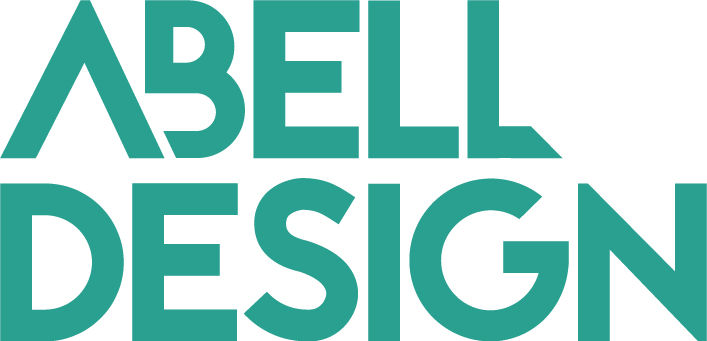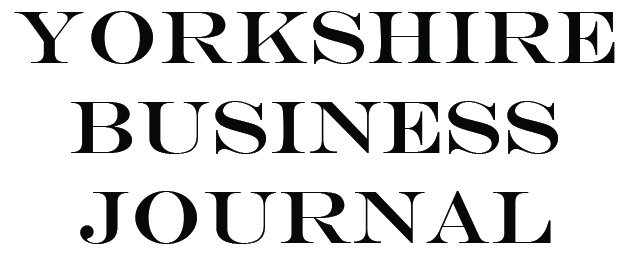Abell Design

Brand designer
Name: Grace Abell
Position in the company: Designer
Years with the company: Five
Number of employees: Sole trader with freelance support.
Among other services, Abell Design is also a senior-level brand designer – how have company brands evolved in the last few years and how often do you think a company should/needs to refresh its logo?
Consumers appear to be more design aware than ever before. There is always a competitor, so brands need to always be presenting their USP. When branding is done well, it can last decades. Someone in 1920 would recognise today’s Boots logo. Most companies should thoughtfully consider their brand at least every five years. Technologies, services and staff can change. Businesses can substantially grow in that time. Critical thinking needs to be applied to the most loved logo, colours and uniform. Is it representing my company well? Is it attracting the customer I desire? Or is it looking tired? Do not just consider how your logo looks on your website. Is your external signage wearing well or weather-beaten? Branding isn’t about perfect pixels, but how potential clients and even your competitors think of your company.
Who is your ideal client and what strategies do you adopt to best reach customers matching that profile?
Working with clients who are trying something new excites me. Companies with ambition are who I want to work with. My client base are in technology, museums and event management. All three are sectors which respond to change creatively.
As for reaching new clients, nothing beats face to face networking, building relationships over years. Everyone wants to work with people they know and like. I always take an interest in how other companies operate, as I seek to learn from them. I’m very chilled and no good at the hard sell. Networking offers benefits other than new clients. When I decided to move into heritage work, a few experts from the museum sector generously offered to mentor me.
What tips would you give to an IT focussed company with regards to their logo versus a more Financial focused company?
IT and finance are closer than ever these days. Tech is at the heart of their service. When I work with financial clients, their branding needs to instill trust above all else. On the other hand, in IT there is opportunity to show off some personality, to be more approachable.
Can you describe a successful case study and how your strategies worked? How do you measure success?
A branding success I’m proud of is for the Rwenzori Coffee Company [www.agrievolve.co.uk]. Their logo communicates clearly and elegantly what they do. But the greater achievement is that it is appropriate for use in both Uganda and the UK. They sold out of their first import of coffee, they are loved by coffee roasters and they have returned to work with me since.
Measuring the success of a brand is easy if you ask the right questions. Is the business owner proud of their brand? Are customers responding well? Is website engagement improving? Measuring success requires a yardstick of variable lengths. Above all, branding correctly will make you money. You will see a return on investment.
What would you say were your most important highlights and low points of 2019?
2019 was my best year yet; I landed a contract with National Geographic and ended the year winning the Business Innovation category at the Women Mean Business awards. While these outweigh any low points, there often is a client with an outstanding invoice, which happens to all business owners.
What impact does technology have on brand identity?
The developments of the past decade have transformed brands, as they need to work harder than ever before. Consider a major player such as Tesco. They used to just have shops. A search on Google Play reveals they have 20 apps. They’re running a fleet of vans with livery. They offer online banking and a phone network. Technology has revolutionised what businesses are capable of offering. Branding needs to support that. Different aspects of businesses don’t have to be identical twins, but they should look like they belong to the same family.
How important is digital marketing nowadays and how will it be shaped after the current lockdown?
Digital marketing is a vast field. Occasionally data is published suggesting that users are experiencing web fatigue, and respond better to direct mail. Amazing things can be achieved with both, and I hope that the business world is ready to get creative after lockdown.
What are the threats your company faces and how do you plan to limit the damages?
Covid-19 has been my biggest threat so far. Beforehand, the core of my client base was in event management and museums. Things did slow for the business; however, I limited the damage by keeping my overheads low. While I’m not tight-fisted, the one thing I avoid is getting into debt. Thankfully, it looks like we’re through most of lockdown now. I have exciting plans for the business which can be set into motion once lockdown is over.
We are looking for businesses to interview.
CONTACT USPlease contact us and increase your company online visibility


